The 10 Best Foods to Eat When Breastfeeding
The macro-nutrients in breast milk, are not likely to change much, but micro-nutrients will vary greatly according to the foods a mother eats.

Table of Contents
- A list of important vitamins and nutrients for breastfeeding mothers
- The ten best superfoods for breastfeeding mothers
- Do I need to take any supplements while breastfeeding?
- Should I Avoid any foods while breastfeeding?
- Should I eat more while breastfeeding?
- How much water should I drink while breastfeeding?
- Do certain foods cause gas in babies via breast milk?
Here we discuss the best foods to eat when breastfeeding to support a mother’s nutritional needs and improve the quality of her breast milk.
A mother does not need a special breastfeeding diet, but the foods she eats will affect her health and change her breast milk composition. The macro-nutrients in breast milk, such as fat, carbs, and protein, are not likely to change much, but micro-nutrients will vary significantly according to the foods she eats.
Before we dive into the top 10 foods, let's discuss a few critical points:
Important Vitamins and Nutrients While Breastfeeding
Your milk will only contain the following nutrients if you consume them...
You need to ensure that your diet contains enough:
- Vitamin B1 (found in nuts and seeds)
- B2 (found in almonds and other nuts)
- B6 (found in seeds, nuts, and dried fruit)
- B12 (taken as a supplement)
- Choline (found in peanuts, broccoli, and sprouts)
- Vitamin A (Sweet potato, carrots, and dark leafy vegetables)
- Vitamin D (mushrooms, tofu, orange juice, and fortified soy milk) Read more about Vitamin D needs of breastfeeding mothers.
- Selenium (brazil nuts, whole wheat, and seeds)
- Iodine (seaweed and iodized salt)
The following nutrients are even more important to include in your diet because if you don’t, your body will leach your bones and tissue stores and still provide them to your baby in your breast milk. Therefore, making you deficient. When your body chooses between leaving nutrients for yourself or making milk for your baby, your baby wins every time.
- Folate (beans, lentils, leafy greens, and avocado.)
- Calcium (leafy greens and legumes)
- Iron (Beans, leafy greens, and dried fruit)
- Copper (whole grains, nuts, and potato)
- Zinc (Beans and nuts)
The 10 Best Breastfeeding Superfoods
#1 Green Leafy Vegetables
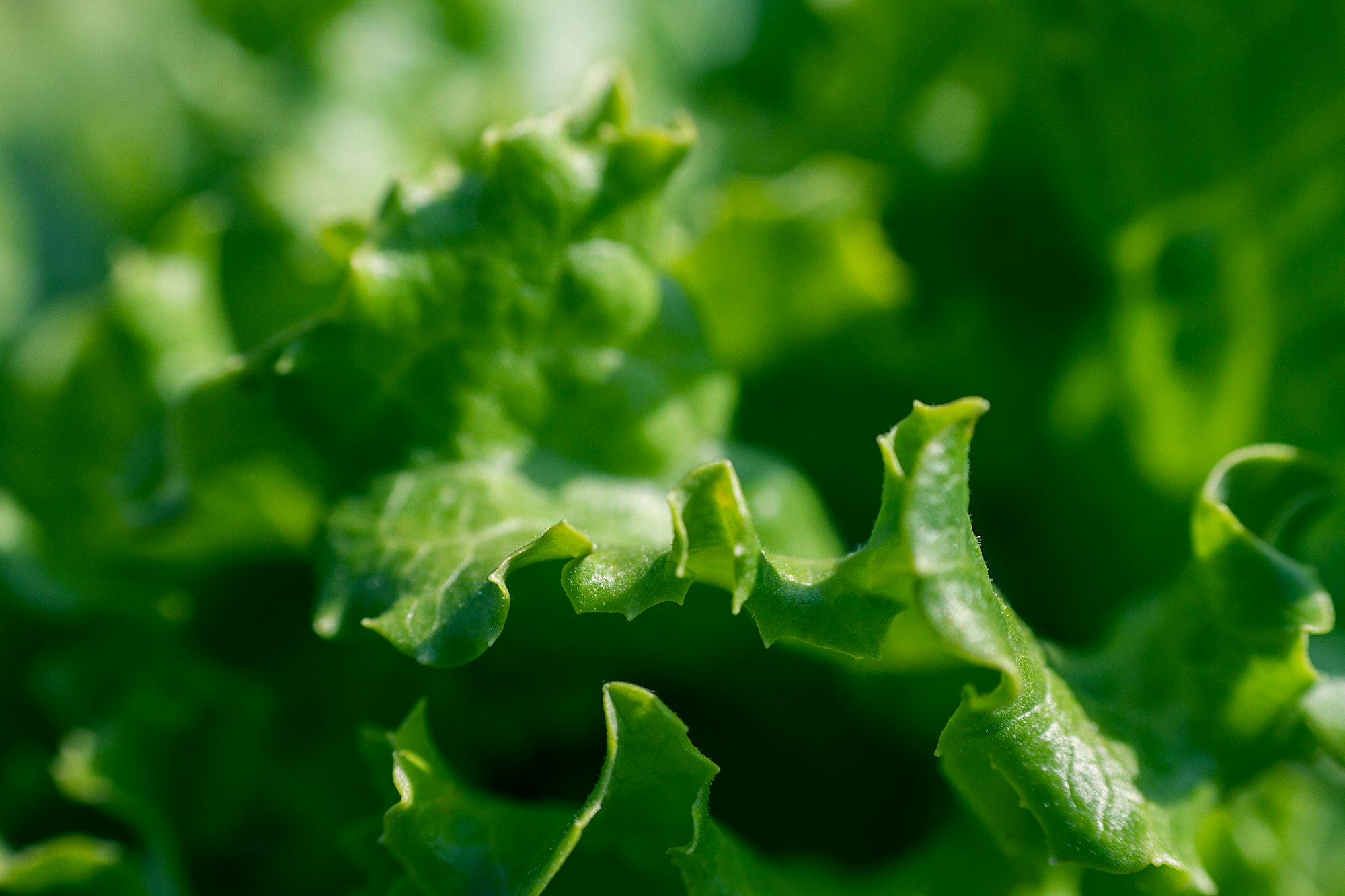
Leafy greens are nutrient powerhouses. These include spinach, kale, microgreens, collard greens, beet greens, cabbage, and many others. Not only do leafy greens contain most of the nutrients you need to improve your and your baby’s health, but they also encourage milk production.
#2 Seaweed
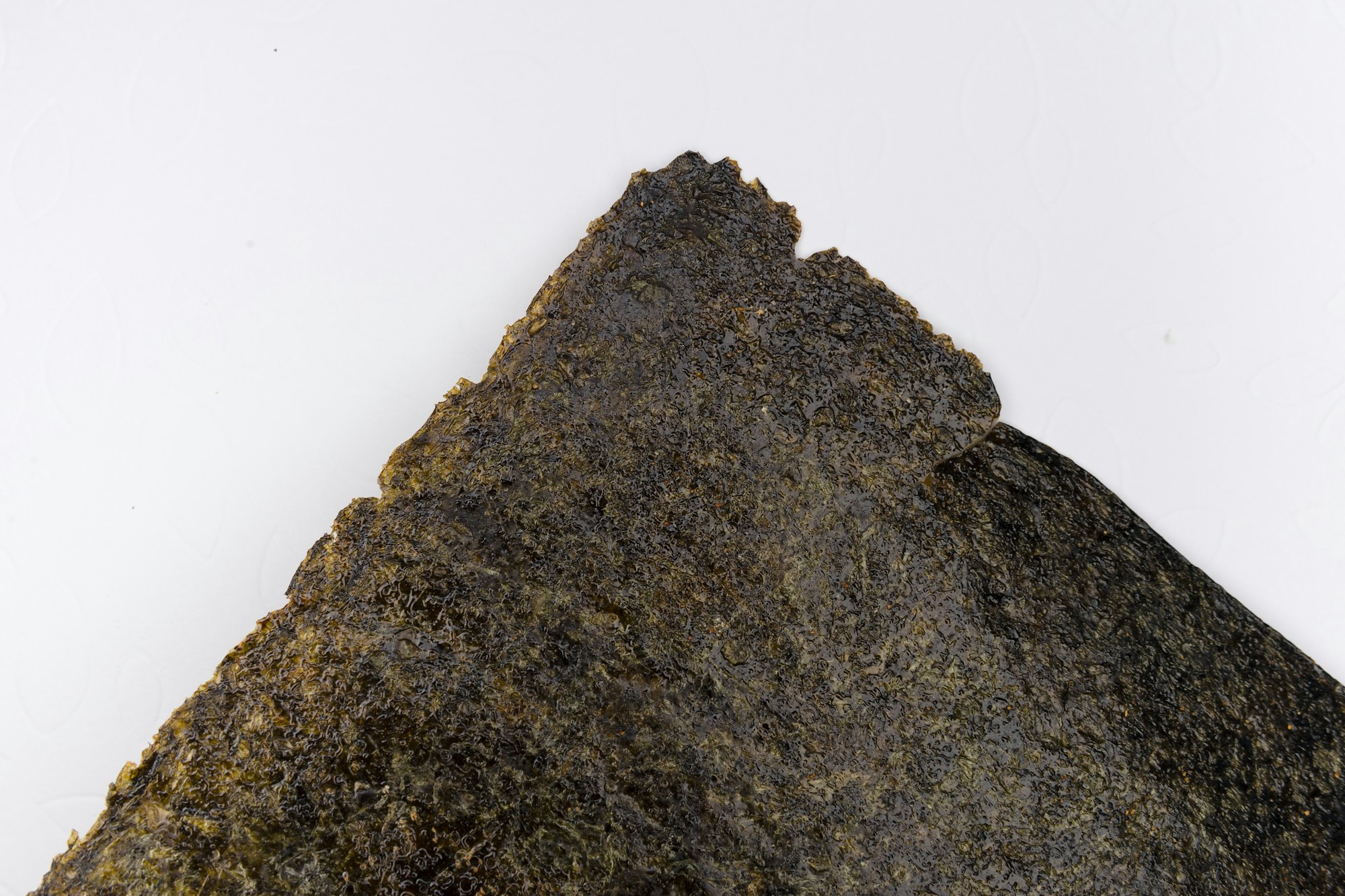
Seaweed is a leafy green of the sea. It’s not a vegetable, but algae. You can add seaweed to soups, salads, stews, and stir-fries and eat it as a snack or with sushi. Seaweed has notable nutrients and contains more minerals than any other food. We can find these minerals in the ocean and in human blood. Many use seaweed as a lactogenic food.
#3. Barley Grass or Barley Water
Barley will improve the quality of your breast milk by making it creamier and more nutrient-rich. Studies show that the beta-glucan in barley increases Prolactin levels (lactation hormone). You can add barley to stews, rice, soups, and bread. You can sprout your own barley greens and eat them in salads.
#4. Nuts

Fat, protein, and fiber are abundant in nuts. They also contain Tryptophan, which is converted into Serotonin. Serotonin will boost your mood and your milk supply. These healthy fats in nuts are transferred to your baby via breast milk.
Raw almonds are especially powerful and full of calcium. When almonds are consumed, your breast milk is sweeter, creamier, and more enticing to babies. Many people around the world have used almonds for generations as a lactogenic food around the world.
Nuts are high in iron, calcium, zinc, vitamin K, and B and are a potent source of fatty acids.
#5. Beans and Legumes

- Ancient Egyptians used Chickpeas as a galactagogue for many centuries.
- Soybeans have the highest Phytoestrogen (lactogenic property) content of all beans.
Eating various beans in your diet will boost your iron and energy levels and promote a healthy, full milk supply.
#6. Seeds
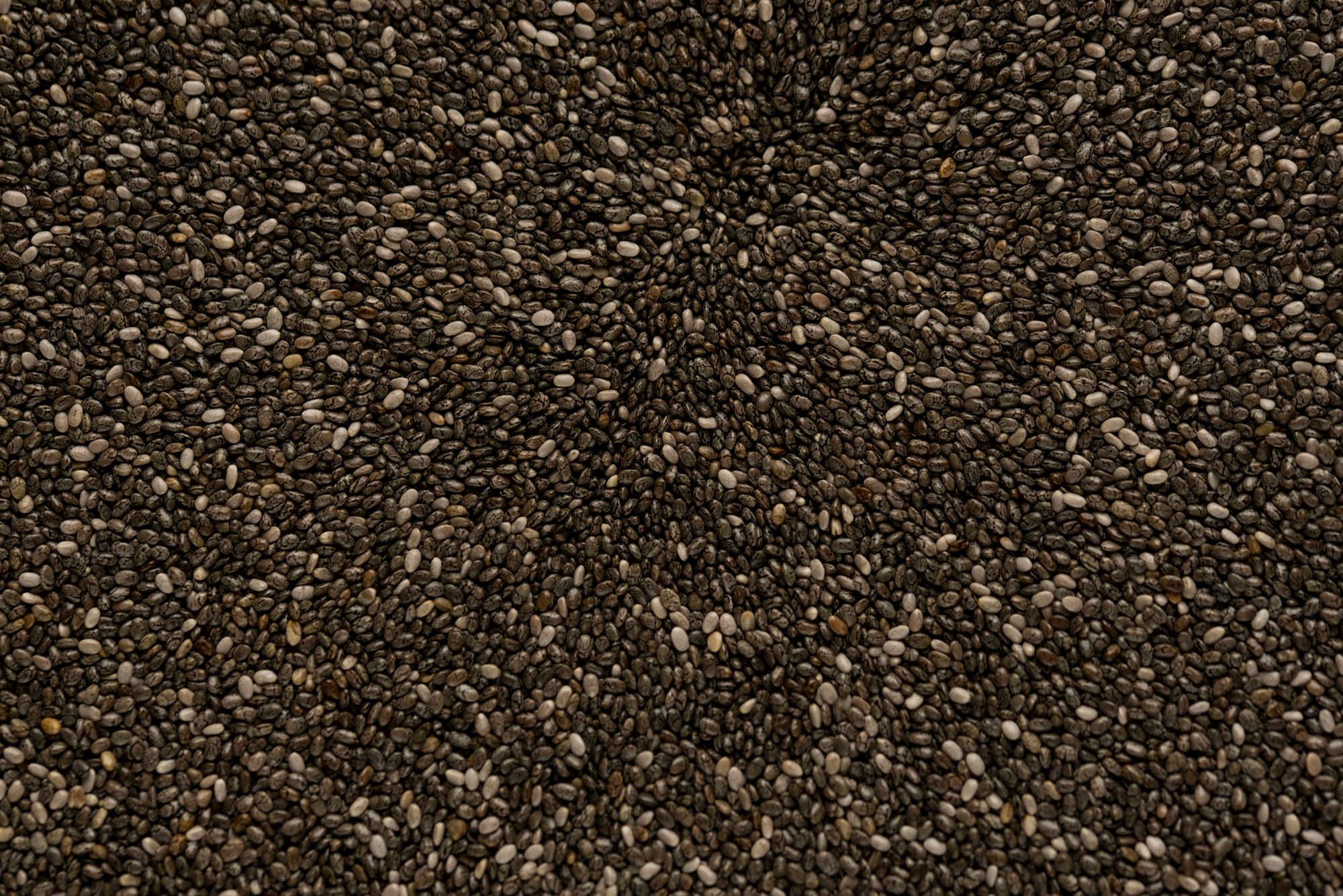
- Flaxseed
Flaxseeds are an excellent source of Omega-3 fatty acids. To benefit from these little powerhouses of essential fatty acids, you need to grind them before you eat them; our bodies struggle to digest flaxseed in their whole form. Flaxseed oil is a sweet oil that tastes great with vegetables and can be added to smoothies. Flaxseed contains Estrogenic properties that boost milk supply. They also improve the quality of breast milk by adding extra healthy fats to your milk; this promotes healthy brain development.
- Hemp seed
Like flaxseed, hemp seeds are also seen as a superfood because of their high Omega-3 and dense nutrient content. Hemp seeds are a complete protein because they contain a 3:1 ratio of omega-3 and 6 (which is perfect for human needs). The high iron and zinc content is essential for infant growth and development.
- Chia seed
Chia seeds are high in protein, calcium, magnesium, and omega-3 fatty acids.
- Sesame Seeds
Also, high in estrogen-like properties, therefore, great at increasing supply.
#7. Ginger and Garlic
Fresh ginger can boost milk production and the flow of milk (improve your let-down reflex)
Garlic is also a lactogenic food used by many to improve the taste of breast milk. Studies have shown that babies breastfeed for extended periods when their mothers eat garlic.
#8. Turmeric
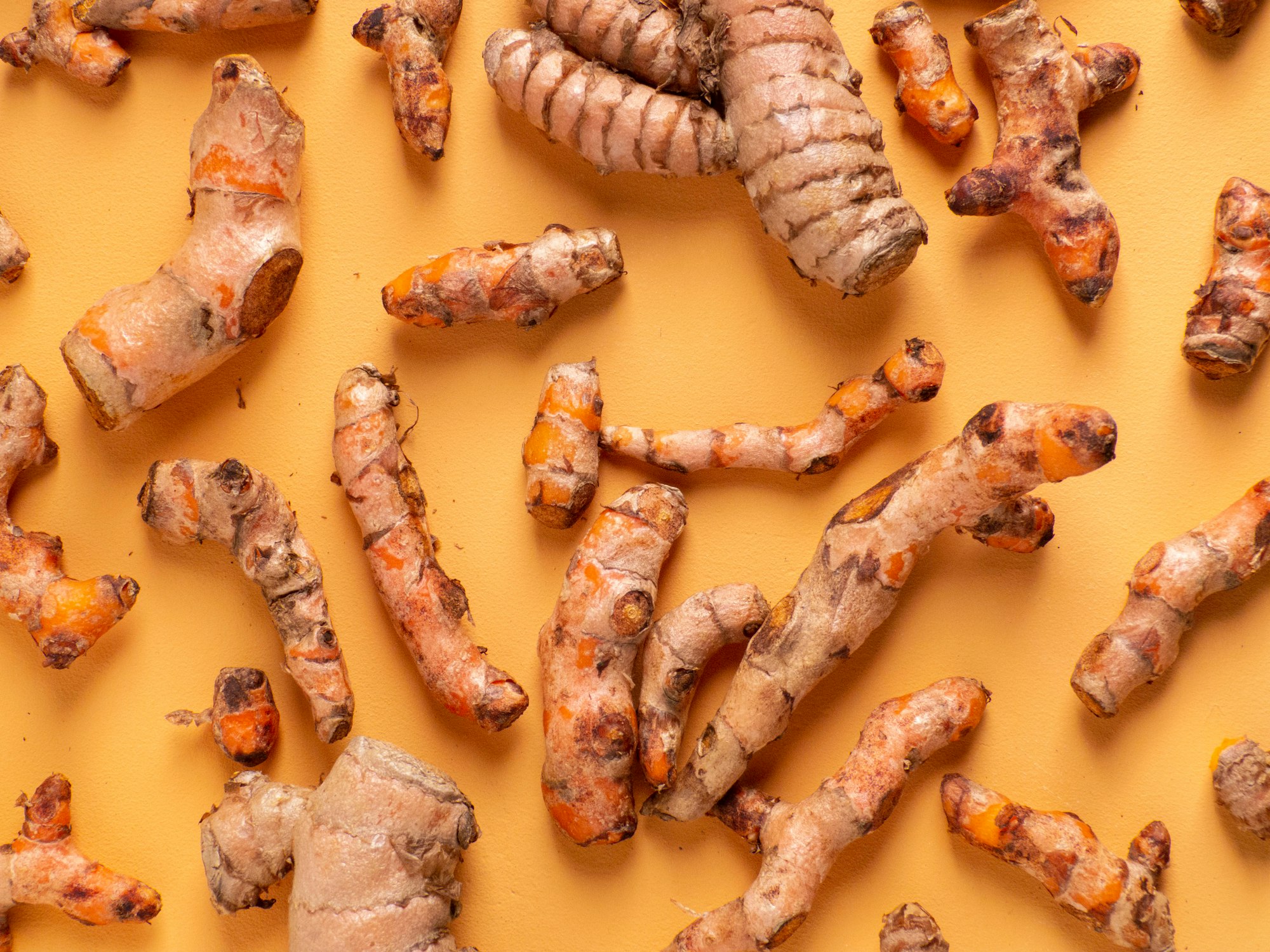
Turmeric has anti-inflammatory properties that help prevent and treat mastitis and the symptoms associated with engorgement. In Asia, mothers often take turmeric to boost their immune systems and prevent colds - these benefits are transferred to the baby too.
#9. Oatmeal
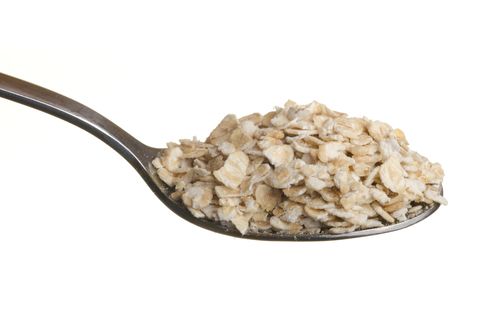
Oatmeal is rich in beat-glucans, phytochemicals, and iron. Oatmeal is an excellent choice if you struggle with low milk supply issues.
Learn more about oatmeal for increasing milk supply here.
#10. Red and Orange Root Vegetables

These vegetables have been believed by the Chinese to nourish the mother and child while breastfeeding. These brightly colored lactogenic foods are high in nutrients and Phytoestrogens.
Mothers Need to Ensure That They Consume Plenty of the Following:
- Fruits and vegetables.
- Whole grains or other starchy foods such as potato, couscous, or quinoa.
- Good protein sources such as lentils, tofu, and beans.
- Healthy fats are found in coconut oil, nuts, seeds, and avocados.
If you are wondering why I didn’t list any animal products, it is because I don’t believe they are healthy and cannot, with a good conscience, recommend that you eat them. If you want to know why, please read: The China Study summary.
Are There Any Supplements You Need to Take While Breastfeeding?
- You should take Vitamin D if you do not get enough sun exposure.
- Take a calcium supplement or include nuts, tofu, sesame seeds, and leafy greens into your diet.
Are There Foods You Should Avoid While Breastfeeding?
Caffeine and alcohol are okay in moderation. Breastfeeding mothers should avoid oily fish as much as possible. But, besides these things, you can eat anything unless you are allergic to something. Recent studies suggest that a mother should eat nuts as early as possible while breastfeeding and introduce them into her child’s diet within the first year to avoid sensitivities.
More information about foods to avoid while breastfeeding.
Do Breastfeeding Mothers Need More Calories?
Work out how many extra calories you need per day with our calorie calculator.
Do You Need to Drink More Water When Breastfeeding?
Learn more about breastfeeding and hydration here.
Can Certain Foods Give My Baby Gas?
It’s unlikely that something in your diet would cause your baby discomfort. Research suggests that only 2 - 6% of infants are allergic to something in their mother’s milk. Cow’s milk, egg, corn, and soy proteins are usually accountable for most sensitivities.
Signs of an allergic reaction include:
- Projectile vomiting
- A rash
- Blood in stools
- Congestion
- You may also notice fussiness, reflux, and explosive stools.
